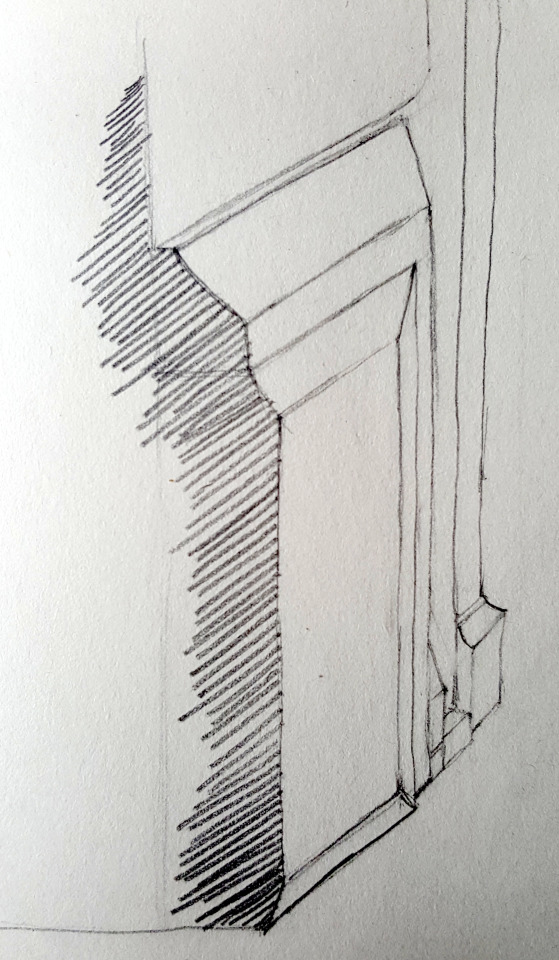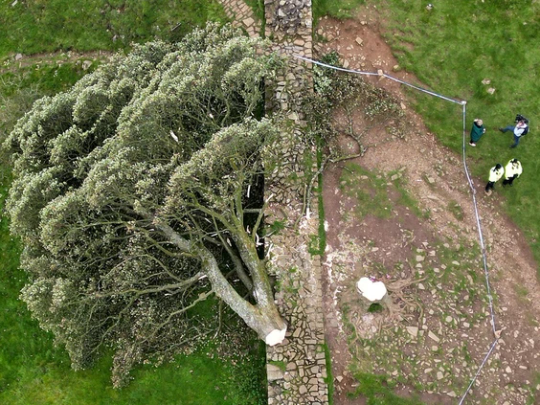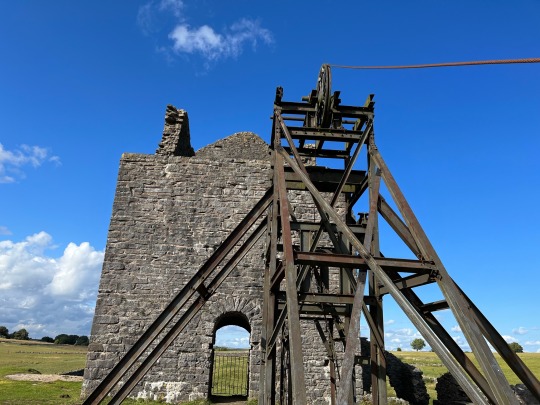#British Heritage
Explore tagged Tumblr posts
Text

On this Remembrance Sunday, we honor those who gave everything for our freedoms. Their courage, sacrifice, and resilience remain woven into the fabric of our lives. Let’s not just remember but strive to be worthy of what they defended. Thank you for all who have served and still serving today our country is in your debt.
#today on tumblr#remembrance#sunday#remembrance sunday#ww1#ww2#ww2 history#britishblogger#faith#armed forces#the poppy war#never forget#british heritage#winstonchurchill#first world war#second world war#british government#british army#royal navy#royal air force
68 notes
·
View notes
Text


The essence of England: afternoon tea served on Royal Albert china
#Wentworth Woodhouse#Rotherham#South Yorkshire#UK#afternoon tea#Royal Albert#Long Gallery#The National Trust#British heritage#fine china#tradition#hot scones#Georgian
24 notes
·
View notes
Text

Marsden Moor, Peak District
#photography#nature#hiking uk#hiking#uk#peak district#the peak district#english countryside#Marsden#Marsden moor#Marsden moor heritage trail#british heritage
5 notes
·
View notes
Video
St Paul's Cathedral London by Roy Llowarch Via Flickr: Trip round St Paul's Cathedral London. Amazing building not allowed to take photos inside for some strange reason but took one photo of Lord Nelson's Tomb and the Duke Of Wellington's Tomb. en.wikipedia.org/wiki/St_Paul%27s_Cathedral
#St Paul's#St Paul#Cathedral#Cathedrals#St Paul's London#Churches#Church#Church Of England#Wellington#Nelson#Lord Nelson#Admiral Nelson#Vice Admiral Nelson#Admiral Viscount Nelson#Duke Of Wellington#The Iron Duke#Iron Duke#Arthur Wellesley#Sir Christopher Wren#English Baroque#Architecture#England#English History#English#English Heritage#English Churches#British History#British Heritage#British Churches#heritage
3 notes
·
View notes
Photo

The Kellett sledge flag .. Auxilium Ab Alto .. Help From Above ..
7 notes
·
View notes
Text









When I joined the MSc course of Architectural Conservation at the University of Kent, I didn’t know much about British heritage and practice. Driven by my passion for historic sites, I came to discover astonishing architectural styles and historic preservation practices and philosophies. The ‘Conservation Principles’ module confronted me with some tricky questions. Should a historic building be saved partially or totally? Why do we care about its preservation? When was the building destroyed and what has been lost? How should we preserve? I soon realized that answers based only on personal views and culture can be biased… Only by studying the cultural, geographical, socio-economic and political context of a historic building can we really understand its significance and proceed to restoration.
There are different attitudes to conservation. It was fascinating to compare philosophies as different as those of Violet le Duc, John Ruskin, Cesare Brandi, and Camillo Boito, as well as conservation charters such as those of Venice and Athens. In addition to conservation philosophy, the programme introduced us to historical societies, charities, trusts, funding bodies and community involvement regarding heritage. I realized that besides understanding the UK planning system, one should be familiar with the work of amenity societies and funding bodies. After all, successful historic preservation in the UK lies in the combination of a robust legislation with the work of societies such as the Society for the Protection of Ancient Buildings (SPAB) and the Victorian society, organizations such as English Heritage, and funding bodies such as the Heritage Lottery Fund.
After this initial focus on policies, laws and philosophies, it was time for action… I was very excited to hear that the Spring Term module ‘Intervention at Historic Sites’ (January through April) would be delivered in collaboration with the SPAB and would be based on the Society’s ‘Old House Project’, the preservation of St. Andrew’s Chapel, near Maidstone. Alas, I missed the first guided visit to the chapel. Visiting it a few days later with a classmate was one of most exciting moments of the programme. This was a unique chance to experience an unspoiled medieval building, which is very little known. Formerly part of the Cistercian Boxley Abbey, the chapel was converted into a dwelling in the 16th century. Abandoned for decades, the chapel is now in an advanced state of decay, but is not entirely derelict. Some of its features, such as the late-Gothic mullioned window, the Tudor chimneys, the post-dissolution half-timbered extension, and the early 20th-century fireplaces survive and reveal the complex history of the building.
Drawing the chapel, looking at its decay, retracing its history, and reflecting on repair methods was rewarding, and designing a proposal of adaptive reuse added to the pleasure… Here are some samples of my analysis of the decay of the chapel.
#architecture#architectural conservation#english heritage#spab#john ruskin#historic england#university of kent#british heritage#cistercian#boxley abbey#adaptive reuse#restoration
3 notes
·
View notes
Text
📍 Chester, UK – A Timeless Gem 🏰✨
Stepping into Chester feels like entering a different era. From the well-preserved Roman walls to the iconic black-and-white timbered buildings, every corner tells a story. The city is a perfect mix of history and charm, with unique shops, scenic walks, and cozy cafés along the river. Definitely a must-visit in the UK!
Have you ever been to Chester? What’s your favorite historic town?
0 notes
Text
Day 14: Discovering Chichester: A Journey Through History and the Majestic Chichester Cathedral
Introduction: Chichester – A City Rich in Heritage Nestled in the heart of West Sussex, Chichester is a charming city steeped in history, renowned for its rich heritage and stunning architecture. From its Roman origins to its modern-day cultural vibrancy, Chichester offers a unique blend of ancient and contemporary attractions. At the heart of this historic city stands Chichester Cathedral, a…
#A Journey Through History and the Majestic Chichester Cathedral#British#British Heritage#BritishHeritage#Cathedral History#CathedralHistory#Chichester Architecture#Chichester Cathedral#Chichester Culture#Chichester History#Chichester Landmarks#Chichester Tourism#Chichester Visitor Guide#ChichesterArchitecture#ChichesterCathedral#ChichesterCulture#ChichesterHistory#ChichesterLandmarks#ChichesterTourism#ChichesterVisitorGuide#Day 14#Discover Chichester#DiscoverChichester#Discovering Chichester#Heritage#Hisroey#Historic#Historic Buildings#Historic Chichester#Historic Sites UK
0 notes
Text
A priceless treasure of British heritage gone forever.. why?

Sycamore Gap, Hadrian's Wall, Northumberland
So sad to learn that our beautiful tree has been vandalised overnight.
#Sycamore Gap#Hadrian's Wall#Northumberland#UK history#Robin Hood Tree#English countryside#Roman Wall#Aurora#vandalism#iconic#nightscape#senseless#British heritage
1K notes
·
View notes
Note
okay now please doodle Charles and Edwin’s wedding. Also love your art it’s so cute and loveable in a way

Sherwani for Charles and morning dress for Edwin, yay
ko-fi
And you get a little headcanon/concept
At some point during their friendship, way before Port Townsend, Charles mentioned the tradition of wearing gold at weddings. He did so in a sad sort of way, as he had seen the pictures from his parents wedding, and knew her mum had not been allowed to wear a lehenga nor many gold accessories.
Maybe, as these things are meant to bring happiness to the couple, he mentions that as a child he believed his parents marriage would have been happier if she wore those things.
Edwin starts to collect gold items. He doesn't analyze the reason, but if a case offers gold as payment? Edwin is taking it. Charles thinks nothing of it, it's just one of Edwin's quirks.
After his revelations in Port Townsend, Edwin will eventually realize a few things regarding his gold rush.
And they will have a lot of gold jewlery for their wedding day!
#ask ask ask#dead boy detectives#dbda#payneland#edwin x charles#alright so i knew i wanted charles in a sherwani though i did not know the name#to make things easier for myself i decided he's punjabi#that being said he is biracial so i didn't know if should incorporate something from his british heritage as well#i decided that meh the ceremony will be british enough#also i added some details#to both his and edwin's outfit#that are not very traditionally masculine#this is a very queer wedding#i was so scared of this request people you have no idea#thank you girlfriend for dealing with me rambling about it
1K notes
·
View notes
Text

#today on tumblr#donald trump#us government#president trump#america#britishblogger#us politics#kamala harris#british heritage#british government#leftist hypocrisy#left vs right#usa politics#poltics#political landscape#newspapers#truth#liberals#mental illness
23 notes
·
View notes
Text
https://nationalpost.com/pmn/news-pmn/16-year-old-male-arrested-on-suspicion-of-felling-a-landmark-tree-in-england-released-on-bail

The article included this photo and news of a second criminal arrest
#Hadrian's Wall#Sycamore Gap#two arrests#vandalism#UK#Hexham#Northumberland#British heritage#National Post
19 notes
·
View notes
Text
When visiting St Michael's Mount on foot, keep an eye on the tides.

St Michaels Mount Cornwall
#St Michael's Mount#Marazion#Penzance#tidal island#UK#English coastline#English castles#British heritage#Cornwall
207 notes
·
View notes
Text





Magpie Mine - Sheldon
#photography#nature#hiking#hiking uk#uk#peak district#trees#british countryside#the peak district#magpie mine#Sheldon#derbyshire#mine#British heritage
3 notes
·
View notes
Video
Arundel Cathedral (In Explore) by Roy Llowarch Via Flickr: Arundel Cathedral England. Photos taken from inside the grounds of Arundel Castle
#Arundel Cathedral#Arundel West Sussex#Arundel#Arundel Sussex#Arundel England#Cathedrals#Cathedral#Sussex#West Sussex#Churches#Church#Cathedral Church of Our Lady and St Philip Howard#Catholic#Roman Catholic#Catholic Cathedral's#Catholic Cathedral#Architecture#England#English#English Heritage#English History#British History#British#British Heritage#British Churches#English Churches#English Cathedrals#British Cathedrals#Gothic#Gothic Architecture
2 notes
·
View notes

